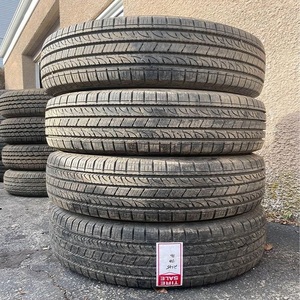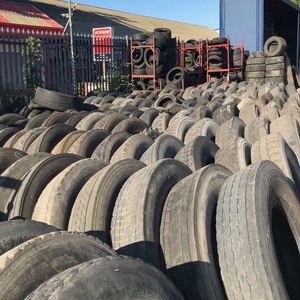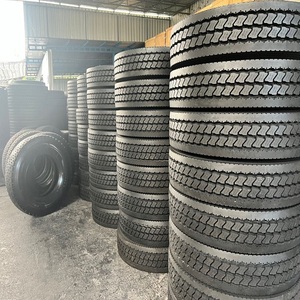
All categories
Featured selections
Trade Assurance
Buyer Central
Help Center
Get the app
Become a supplier

(179 products available)














































Understanding Specifications, Selection Criteria, Maintenance, and DIY Installation
The 130 60 13 tire is specifically designed for compact vehicles, providing an optimal balance between traction, ride comfort, and fuel efficiency. Understanding the tire dimensions helps in making informed decisions about your vehicle's performance.
130 mm
Measures the tire's width from sidewall to sidewall
Impact: Wider tires provide better traction but may reduce fuel efficiency
60%
Sidewall height as a percentage of width (78 mm)
Impact: Lower ratios improve handling; higher ratios offer smoother rides
13 inches
Diameter of the wheel the tire fits onto
Impact: Smaller wheels improve handling but may struggle on rough terrain
Expert Tip: When comparing 130 60 13 tires, remember that wider tires (130mm) offer better stability during cornering, while the 60% aspect ratio provides a good balance between comfort and performance for compact vehicles.
| Tire Type | Construction | Best For | Performance Characteristics |
|---|---|---|---|
| Radial | Cord plies arranged at 90° to the direction of travel | Everyday driving, fuel efficiency | Better heat dissipation, longer tread life, improved fuel economy |
| Tubeless | No inner tube, air is held between tire and rim | Modern vehicles, safety-conscious drivers | Gradual air loss during punctures, better heat dissipation |
These 130 60 13 tires are commonly used in compact vehicles like Suzuki Alto, Suzuki Carry, Daihatsu Mira, and Mazda Carol. While their popularity has somewhat declined, they remain in demand, particularly from Chinese manufacturers who continue to produce these specialized sizes for the global market.
| Specification | Value | Importance |
|---|---|---|
| Width | 130 mm | Affects road grip, noise levels, and fuel consumption |
| Aspect Ratio | 60 (78 mm sidewall height) | Balances handling performance and ride comfort |
| Wheel Diameter | 13 inches (330 mm) | Determines compatibility with vehicle wheel wells |
| Load Index | 60 (supports up to 230 kg) | Critical for vehicles carrying heavy loads |
| Speed Rating | J (up to 100 kph) | Vital for safety at highway speeds |
Warning: Never exceed the load capacity of your 130 60 13 tires (230 kg per tire). Overloading puts excessive strain on the tire structure and can lead to blowouts, especially at higher speeds or during extended driving periods.
| Characteristic | Budget Tires | Mid-Range Tires | Premium Tires |
|---|---|---|---|
| Average Lifespan | 20,000-30,000 km | 40,000-50,000 km | 60,000+ km |
| Wet Traction | Basic | Good | Excellent |
| Noise Level | Higher | Moderate | Lower |
| Fuel Efficiency | Lower | Moderate | Higher |
| Price Range | $30-50 | $50-80 | $80-120+ |
Smart Shopping Tip: When purchasing 130 60 13 tires, consider the manufacturing date (DOT code). Tires older than 6 years from production date may have compromised rubber compounds, even if they've never been used. Look for the four-digit code on the sidewall (e.g., 2123 means 21st week of 2023).
Replacing your 130 60 13 tires can be done at home with the right tools and careful attention to safety procedures. Follow this comprehensive guide to successfully complete the tire replacement process:
Before beginning, ensure you have all necessary equipment:
Safety first - proper preparation prevents accidents:
Elevate the vehicle safely:
Safety Note: Never rely solely on a jack to support a vehicle - always use jack stands
Carefully dismount the existing tire:
Install the replacement tire with proper technique:
Secure the wheel back onto the vehicle:
Ensure safety and performance:
Important Safety Warning: If you experience any unusual vibrations, noise, or handling issues after DIY tire replacement, stop driving immediately and have your work inspected by a professional. Improperly mounted tires can fail catastrophically at speed.
The tire size 130 60 13 contains three critical measurements: 130mm width (from sidewall to sidewall), 60% aspect ratio (height is 60% of the width, or 78mm), and 13-inch wheel diameter. These specifications determine which vehicles the tire fits and how it will perform under various conditions.
No, 130 60 13 tires are designed specifically for particular vehicles, primarily compact cars, scooters, and small motorcycles. Using incorrect tire sizes can compromise handling, damage vehicle components, affect speedometer readings, and create unsafe driving conditions. Always consult your vehicle's owner manual for proper tire specifications.
The 130 60 13 tire offers several advantages for compatible vehicles:
Tire maintenance should follow this schedule:
Regular maintenance extends tire life, improves safety, and enhances vehicle performance.
No, mixing tire sizes on a vehicle is dangerous and strongly discouraged by automotive experts. Different tire sizes will:
Always replace tires with identical sizes as specified by the vehicle manufacturer.